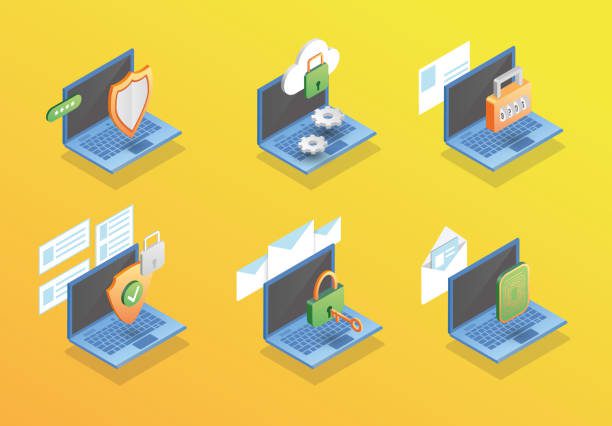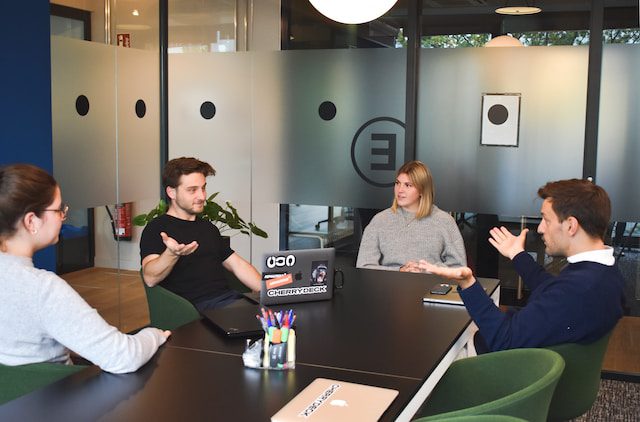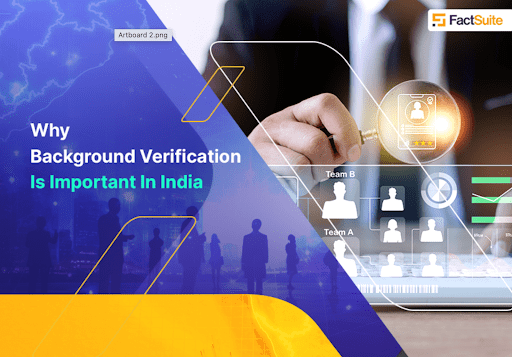Because of technological advancements, criminals may forge official documents, financial records, and other personal information with minimal effort. However, document forgery detection was time-consuming and laborious before developing cutting-edge tools. Nowadays, imposters can forge documents using data extraction and picture editing software to collect sensitive information.
New technologies have streamlined document forgery detection methods, assisting firms in stopping such activity. Thus, both the business and its consumers will benefit from this enhancement to accessibility and fraud prevention.

Document Forgery Detection – A Brief Overview
Document forgery is a significant offense in which criminals fabricate identifying documents to defraud clients and bypass standard security measures. However, with today’s technology, scammers can forge a wide variety of documents, such as:
- Financial reports
- Passports
- Driving licenses
- Transaction reports
- Identity Documents
- Agreement details
- Birth Certificates
Also, fraudsters can achieve their objectives by changing data on documents or by replacing original records with false ones. As a result, businesses can safeguard themselves against fraud by employing document forgery detection measures.
Document Forensic Analysis – Offering Fraud-Proof Safety Measures
Identity documents, contracts, mailing stamps, cash payments, and computer-generated data have unique security features. In addition, testing documents are essential in the fight against prospective fraud cases.
Most government-issued documents, such as visible stamps, lack sufficient security features, yet they may still contain protected impressions. Many thieves today attempt to scam government-issued data by employing complex alteration methods, but their footprints are easy to follow. However, wasted paperwork may provide important hints for a thorough inquiry. Since electronic signature files contain personal information about the owner, their metadata helps authenticate digital documentation’s legitimacy. Hence, a detailed forensic document exam can safeguard businesses from fraudsters and ensure the foolproof security analysis of their clients’ documents.
Forgery of Document – Strategies Hackers Use to Steal Confidential Information
Forgery of documents refers to the fraudulent practice of making or altering copies of documents with the intent to deceive. However, it happens when someone knowingly changes legal information or produces a fake record to deceive someone.
Let’s discuss the several kinds of forgery of documents.
- Simple Forgery
It is common practice for document scammers to adhere to the relatively straightforward methods of fraud. However, it only requires a little effort to falsify the certificate. However, it includes putting anything on paper, like a signature, without trying to compare it to a preexisting sample of the same handwriting. Thus, fraudsters would forge legal documents to use in their fraudulent schemes.
- Free-Handed Forgery
Free-hand forgery occurs when a criminal makes an exact copy of a document, including the person’s handwriting or signature. In contrast to basic forgery, which merely includes copying the outline and style of an actual signature or writing, this is a far more complex procedure. As a result, fraudulent actors utilize it to engage in illegal activities and generate quick money.
- Tracing Forgery
To trace, spread a blank sheet of paper over the original document or signature and make copies of the many strokes and variations. It is the most sophisticated hand forgery and is complicated to detect. A forger must also ignore their nerves and concentrate carefully while trying to replicate another person’s handwriting. Since this is the case, it may be able to detect document forgeries and prevent their further use by criminals.
- Electronic Forgery
E-signatures and digital replicas of formerly handwritten files are used today to accommodate the growing demand for online authentication and electronic communication. However, fraudsters can easily forge documents by digitally scanning originals and pasting copied text into photo editing applications like Adobe Photoshop. Also, fraudsters employ various methods to create fake information that is hard to check.
- Document Forgery
A famous document falsification method involves adding or deleting a whole page. However, scammers will replace the original sheet with another piece of paper that has been altered to include fake information. The physical characteristics of the sheets, such as their thickness, texture, color, and writing format, also allow readers to recognize the papers.
Many different types of legal documents can be easily forged, including:
- Falsifying a legitimate medical record by modifying it
- Duplicating legitimate prescriptions for drugs by forging doctors’ signatures
- stealing money by forging a signature on a check
- Making fraudulent identification documents like passports and driver’s licenses
- Falsely submitting letters for a refund from medical institutions or insurance companies
Thus, by implementing cutting-edge document forgery detection measures, organizations can quickly identify users’ fake documents and restrict them from exploiting the business growth.
Also read: Office depot hours
Final Thoughts
Businesses now have a legitimate means of verifying the identity of their client by incorporating document forgery validation measures. Therefore, severe penalties, such as hefty fines, might occur for user records fraud. Internet businesses must use document forgery detection technologies to comply with AML and KYC regulations. Enterprises of all sizes can benefit from forensic document analysis to prevent criminals from abusing widespread networks.



